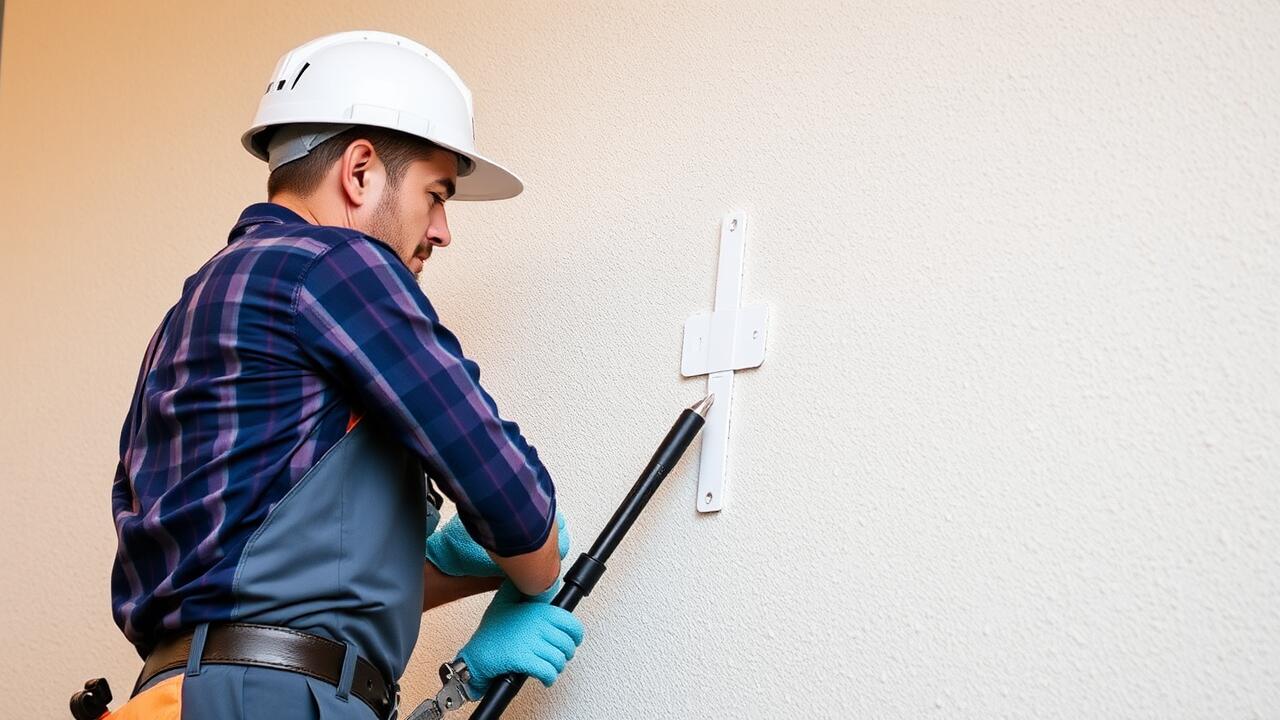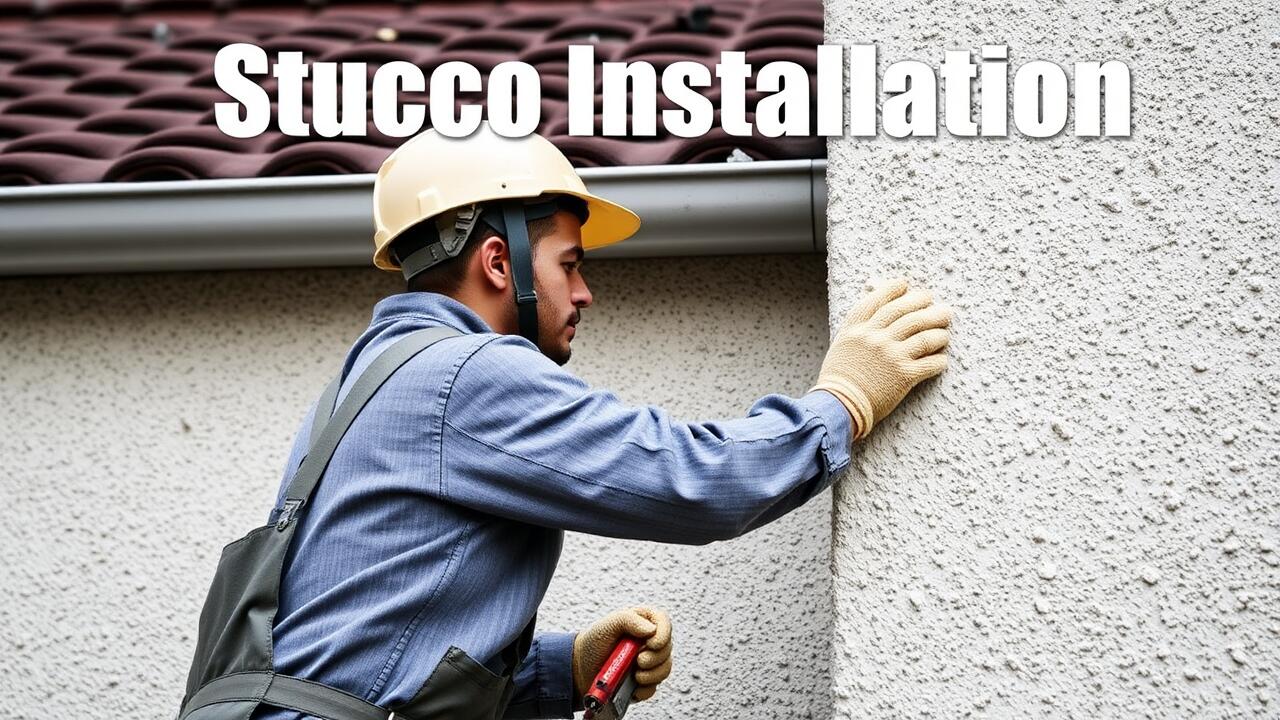
Regional Climatic Impacts
Regional climate plays a significant role in determining the best time for stucco application. Areas with mild, dry weather typically offer optimal conditions for proper curing and bonding. In climates with high humidity or frequent rain, stucco may struggle to adhere correctly, leading to long-term issues such as cracking or peeling. For instance, in places like Koreatown, Los Angeles, where the weather is generally dry and warm for much of the year, homeowners can take advantage of these conditions to ensure a successful installation.
Temperature fluctuations also impact stucco installation schedules. During hotter months, the drying process occurs more rapidly, which can be advantageous but requires careful monitoring to avoid cracking. Conversely, winter months may bring cooler temperatures, prolonging drying times and impacting the overall integrity of the application. In regions like Koreatown, Los Angeles, planning for stucco installation involves understanding both the seasonal variations in temperature and humidity to ensure a durable finish.
Adapting to Local Weather Patterns
Understanding local weather patterns is crucial for successful stucco application. Regions that experience extreme temperatures, high humidity, or significant rainfall will face different challenges compared to more temperate areas. For example, in places like Silver Lake Heights, Los Angeles, where the climate is generally warm and dry, stucco can set effectively if applied during the ideal months. Contractors must consider local temperature averages, seasonal humidity fluctuations, and regional precipitation rates for optimal results.
Additionally, monitoring day-to-day weather can aid in scheduling stucco projects. Factors such as high winds could compromise the curing process. In Silver Lake Heights, Los Angeles, planning installations during the late spring or early fall might offer the best conditions. This timing minimizes the risk of unexpected weather changes, ensuring that the stucco adheres properly and cures without complications. Understanding these patterns will enhance the overall quality and durability of the finished product.
Importance of Weather Forecasts
Weather forecasts play a crucial role in determining the right time to execute stucco installation projects. By keeping an eye on predicted temperatures, humidity levels, and potential precipitation, homeowners and contractors can choose optimal days for application. In regions like Koreatown, Los Angeles, where climate variations can be significant, understanding these forecasts ensures that stucco adheres properly and cures effectively, avoiding issues like cracking or improper setting.
Monitoring weather conditions also helps in planning for the subsequent days after application. Temperature drops or unexpected rain can compromise the integrity of freshly applied stucco. For those considering stucco installation in Koreatown, Los Angeles, relying on accurate weather predictions allows for a more efficient installation process and prolongs the lifespan of the exterior finish, making it a worthwhile investment.
Scheduling Application Around Rain
Proper timing is crucial when planning the application of stucco, especially in regions prone to rain. Wet weather can significantly disrupt the curing process, leading to complications such as improper adhesion and potential damage to the finished surface. It is essential to check local weather forecasts thoroughly before scheduling stucco work to ensure that rain is not expected within several days of application. This careful planning helps to create a stable environment for the material to set correctly.
For those considering stucco work in specific locations like Stucco Installation in Van Nuys, Los Angeles, it's wise to aim for the dry months. The area typically experiences its dry spells during late spring and summer, making these months ideal for stucco projects. This timing minimizes the risk of rain and allows the stucco to cure effectively, resulting in a long-lasting, durable finish.
Long-Term Effects of Seasonal Timing
The timing of stucco installation can significantly influence the longevity and durability of the application. In regions with extreme temperatures, applying stucco in cooler months may result in a more manageable curing process. This gradual drying phase can enhance the integrity of the finish, reducing the chances of cracks or blemishes that might appear from rapid drying in harsher conditions. Homeowners seeking to ensure a solid outcome should consider how seasonal changes impact material behavior over time.
In addition, proper timing can affect long-term maintenance needs. For instance, stucco applied during a period of stable weather conditions is less likely to face issues that demand frequent repairs. In areas like Van Nuys, Los Angeles, where the temperature and humidity can fluctuate, understanding seasonal patterns is crucial for achieving the desired resilience in stucco applications. A thoughtfully timed installation can lead to reduced long-term costs and less frequent interventions.
Enhancing Durability and Longevity
The choice of when to apply stucco significantly impacts its overall durability and longevity. During the ideal seasons, typically spring or early fall, temperatures tend to be moderate, allowing the stucco to cure properly. This curing process is essential for the material to achieve its maximum strength and resistance to external elements. Factors such as humidity and temperature swings can affect adherence and lead to cracking if the application occurs during less favorable conditions.
In areas like Crenshaw, Los Angeles, where the climate can vary significantly, understanding local weather patterns is crucial. Avoiding high heat and moisture helps prevent issues such as improper drying or the formation of mold. Proper stucco installation in Crenshaw, Los Angeles, requires careful planning and scheduling to ensure that the finished product holds up well over time, providing homeowners with both aesthetic appeal and protection against environmental stressors.
FAQS
What is the best time of year to stucco a house?
The ideal time to stucco a house typically falls between spring and fall when temperatures are mild, and humidity levels are lower, allowing for proper curing of the stucco.
How do regional climates affect the stucco application process?
Regional climates play a significant role in stucco application; for instance, areas with high humidity may require adjustments in the timing and method of application compared to drier climates.
Why is it important to check the weather forecast before stuccoing?
Checking the weather forecast is crucial to avoid applying stucco during rain or extreme temperatures, both of which can negatively impact the curing process and the final finish.
Can rain affect newly applied stucco?
Yes, rain can wash away fresh stucco, cause improper curing, or lead to issues like cracking or peeling if the stucco is not adequately protected immediately after application.
How does the timing of stucco application influence its durability?
Applying stucco during the optimal season helps ensure better adhesion, curing, and overall performance, leading to enhanced durability and longevity of the finish.
